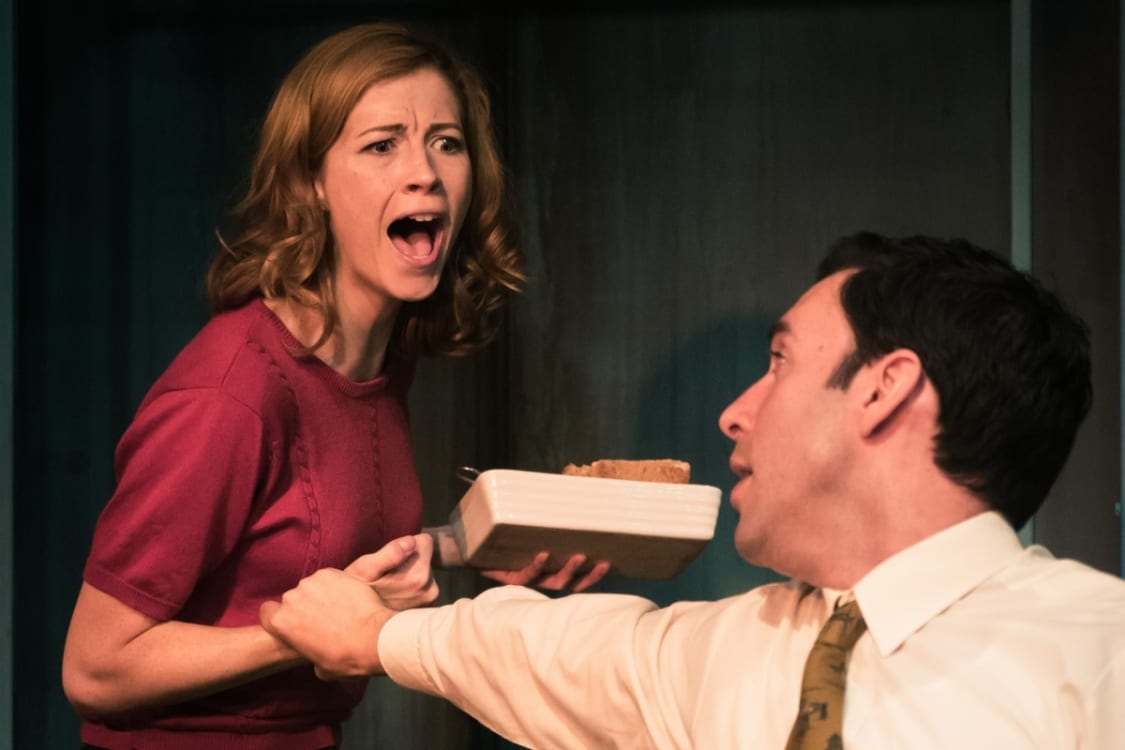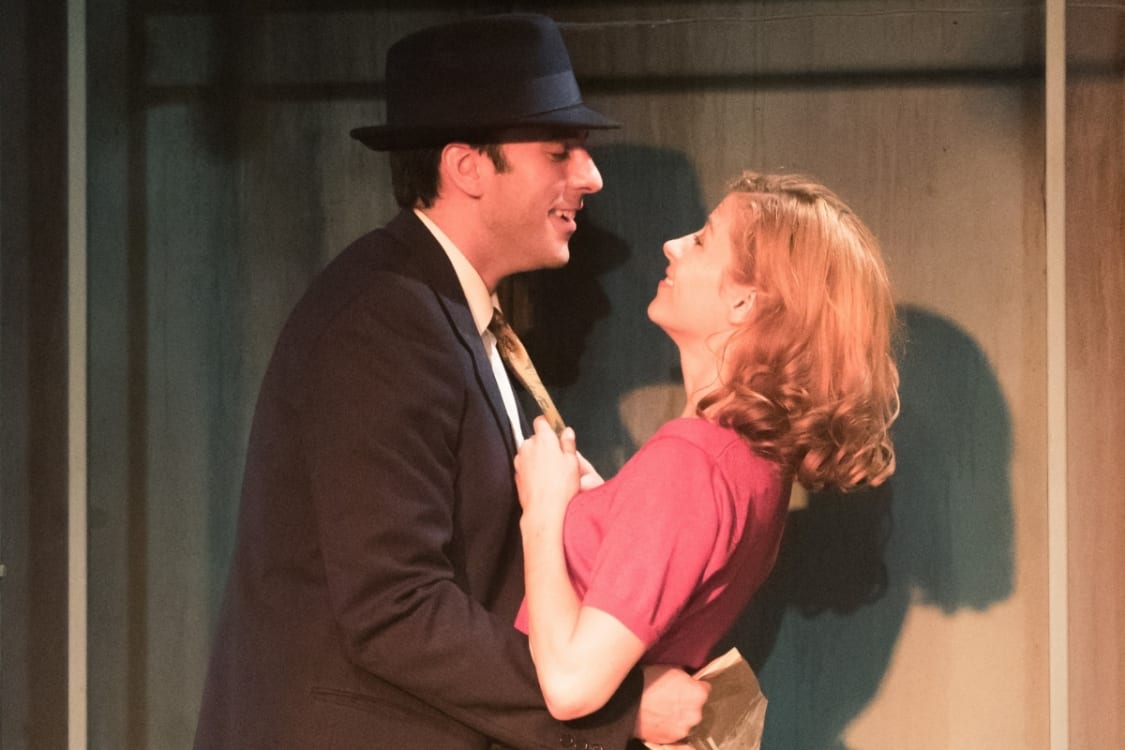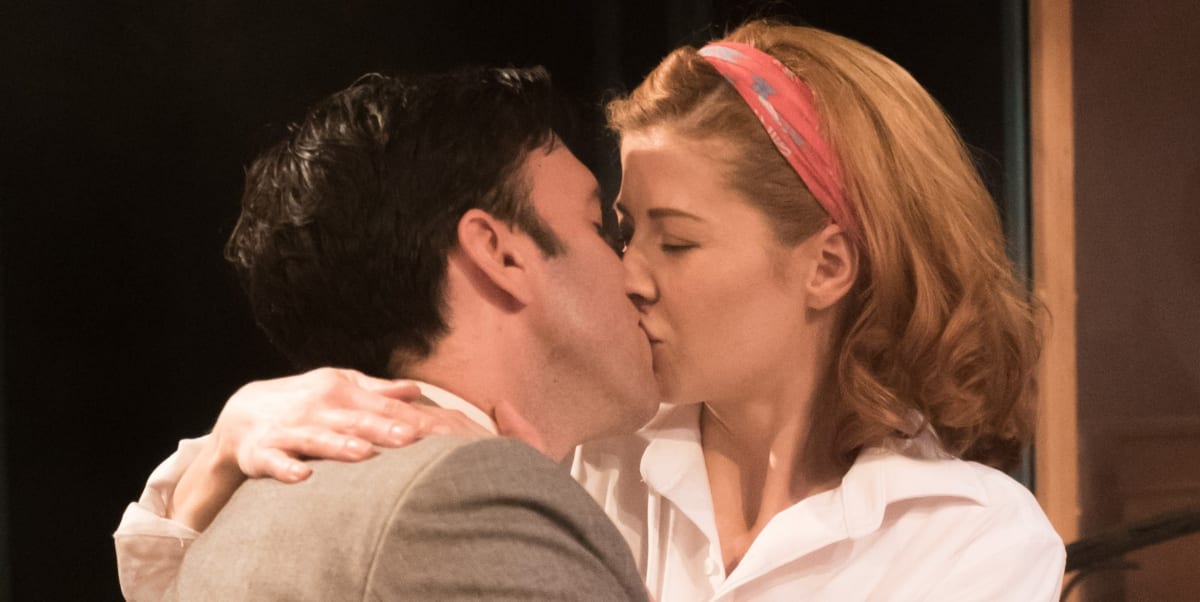Director of Two for the Seesaw Gary Condes summarises his play with three words: love, life and truth. Indeed, the theatre is very often the site for exploring universal human conditions in the form of art and drama; Two for the Seesaw is an epitome. Based in New York in the late 1950s, the play, written by William Gibson, depicts two souls in their late twenties and early thirties from very different backgrounds sharing the same quest for love and purpose in life despite the vicissitudes of fate. Jerry, a sulking Nebraska lawyer undergoing divorce proceedings, escapes to the city of dreams, where he meets aspiring Polish dancer Gittel. Notwithstanding their contrasting takes on life, Gittel’s sympathy for Jerry’s turmoil and loneliness as well as Jerry’s desire to offer care and guardianship to the gullible Gittel spark off their passion and enliven their suffocating lives. Yet just when it seems like a rosy fresh start for both, Jerry finds himself lingering on his past marriage and doubting his success in career. In the meantime, Gittel is frustrated by living in the shadows of Jerry’s ex-wife and her failure to become an established dancer. Their relationship reaches rock bottom as they painfully make a decision between romance, dreams and survival.

In his interview, Condes points out that the main challenge of directing the play lies in drawing out the nuanced and fully-rounded performances rooted in psychological truth. Both Elsie Bennett (Gittel) and Charles Dorfman (Jerry) give an on-point execution of the characters’ emotions, ranging from the attorney’s idiosyncratic nerves against social life, his explosive jealousy, Gittel’s vivaciousness, her hidden fragility and both characters’ unconcealable despair when confronted with life’s capricious conditions. Bennett’s remarkable adoption of the European accent further spices up the vividness of her character.
The writing comes hand in hand with the acting in highlighting an ordinary individual’s epic journey to find purpose in life. Gibson’s arrangement for a lot of the glamourous or major parts of the story not to be shown on stage, such as Jerry and Gittel’s first dinner date or the divorce trials, offers the audience a fresh angle at scrutinising the hidden, unmentioned and unseen sentiments of urban life. Bennett and Dorfman then deliver a powerful and believable performance in placing the complexity and subtleties of the human psyche right in front of the audience’s eyes.
The dialogues cleverly draw on the absurdity of mundane conversations, such as how Jerry and Gittel blabber on about an icebox when all they want to express is their affection for each other or how they argue pointlessly about picking up the ex-wife’s phone call. While the genre of the play is comedy-drama, these conversations foreground the cowardice and fear of the characters as well as hopes and disappointments in life succinctly, which in turn add a poignant note on the laughable tragedy of modern life.
Christopher Nairne’s meticulous lighting design is another highlight of the play. Jerry’s sick green room is lit either by a lightbulb or candle whereas Gittel’s warm pink flat glows in lamplight. Together with Max Dorey’s attention to details in crafting the props and sets, such as the placing of Jerry’s empty room right next to Gittel’s which is better-furnished and hung with her photographs, the contrasting shades, colours and spaces shape the characters’ personalities effectively and play a major part in the storytelling.

The two-hour-long play takes place in one single set—two rooms which are more prisons than homes. However, the production team’s witty script, remarkable stage design and convincing performance bring much force to the stage to reveal the dreamers’ innate yearnings for breaking free from their current entrapment. An ordinary story about two common individuals it may be; yet it is a play that deeply touches human hearts through the ‘seesaws’—ups and downs—of life that we all share.

